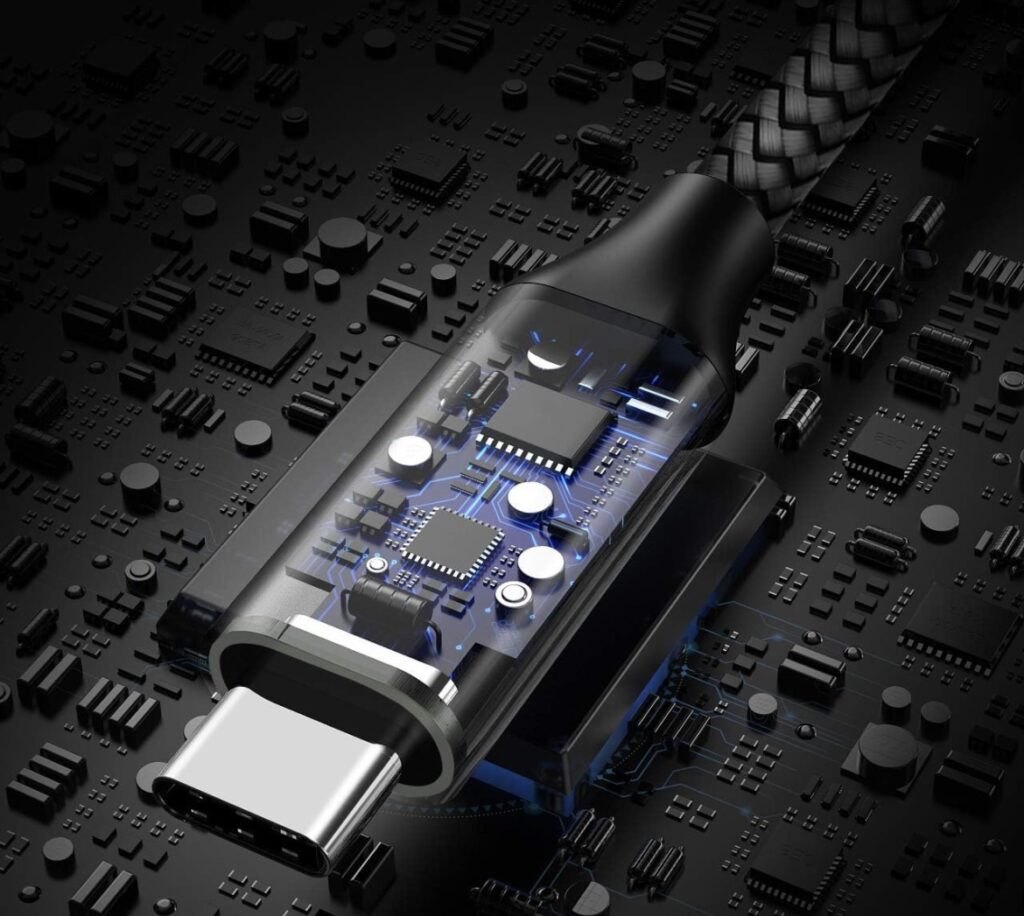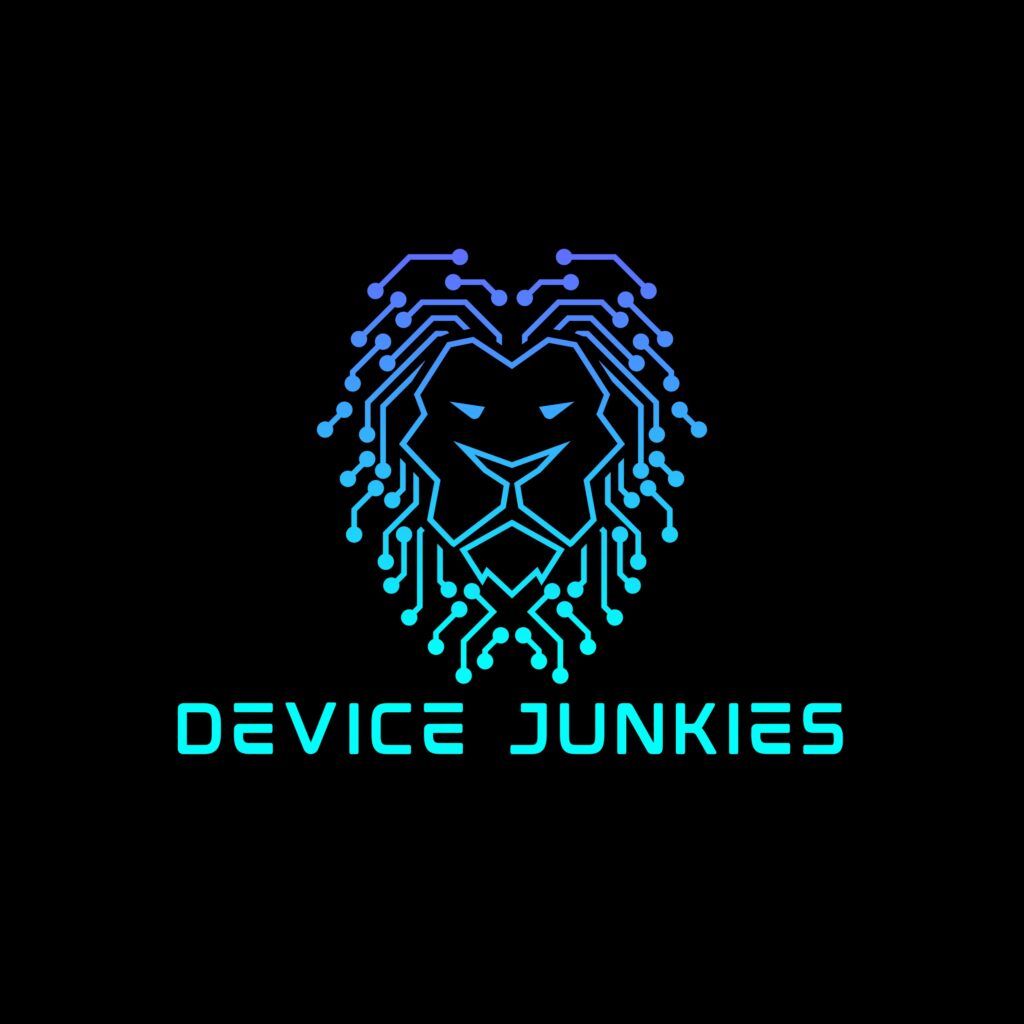Apple, the tech giant known for its innovation and pushing the boundaries of technology, is making waves again. This time, it’s all about the charging cables. The rumor mill has been buzzing with whispers that Apple is planning a major switch – moving away from its iconic Lightning cables to embrace USB-C for its upcoming iPhones. What does this mean for Apple users, and why is this shift so significant?

The USB-C Revolution: USB-C, often hailed as the universal connector of the future, has been steadily gaining ground in the tech world. It’s versatile, fast, and, as the name suggests, universal. Many Android devices, laptops, and accessories have already adopted USB-C, making it a standard in the industry.
The Lightning Legacy: Apple introduced the Lightning cable in 2012 with the iPhone 5, replacing the older 30-pin connector. It was sleek, compact, and quickly became synonymous with Apple’s ecosystem. For nearly a decade, Lightning cables have been the go-to for charging and syncing Apple devices.
Why the Switch? So, what’s prompting Apple to consider this significant shift? There are a few compelling reasons:
- Universal Compatibility: USB-C is already widely adopted across various devices. By switching to USB-C, Apple would align itself with a universal standard, making it easier for users to connect their iPhones to a wide range of accessories without needing multiple types of cables.
- Fast Charging: USB-C offers faster charging capabilities compared to Lightning cables. Apple has been pushing the envelope in terms of charging speeds, and USB-C can facilitate even faster charging for iPhones.
- Environmental Impact: A move to USB-C could potentially reduce electronic waste. With more devices using the same cable type, fewer cables would be discarded, contributing to a more sustainable approach.
- Streamlined Production: Standardizing on USB-C could streamline Apple’s manufacturing process. One cable type for multiple devices simplifies logistics and inventory management.
The User Experience: For Apple users, this switch could mean a more convenient and efficient experience. No more hunting for the right cable – USB-C would be the one-size-fits-all solution. Faster charging times would also mean less time tethered to the charger.
The Transition: If Apple decides to make this shift, it’s likely to be a gradual transition. Older devices with Lightning ports will still need support, and Apple would likely include USB-C to Lightning adapters to ease the migration.
The Verdict: While nothing is set in stone, the potential switch to USB-C for iPhones is a clear indicator of Apple’s commitment to evolving with the times. It’s a move that could benefit both users and the environment while keeping Apple at the forefront of technology.
As the tech world eagerly awaits Apple’s official announcement, one thing is certain: change is on the horizon, and it could be a game-changer for how we charge and connect our beloved iPhones.
As an Amazon Associate we earn from qualifying purchases through some links in our articles.




